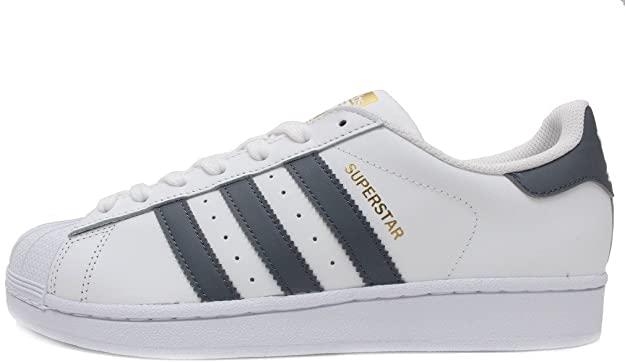
With each modification, the adidas Supergrip began to look more and more like the adidas Superstar we wear now, which was finally given this name in 1969. However, considering that the Converse had already become essential in the shoe cabinet of basketball players and that adidas proposed a totally different silhouette compared to these, its introduction to the parquet was not exactly easy.
The solution? Leaving abstract and advertising attractive messages to go directly to practice. Thus, Chris Severn, the mind behind the adidas Superstar, "chased" basketball players so that they could test the benefits of this new shoe.
The first team to fall for temptation were the San Diego Rockets, in '68, and later the Boston Celtics, in '69. In the early '70s, almost every player wore adidas. This bond was actually strengthened by Kareem Abdul-Jabbar, who was the first basketball player to have an endorsement deal with adidas in 1976. Converse wasn't too amused, as you might imagine.

The adidas Superstar didn't stand still on the basketball field, however. Let's bring back Run-DMC, whose members became the quintessential ambassadors of this model in the world of music and helped bring it to the streets.
After all, the goal of his song My Adidas (with more than 3.2 million views on YouTube) was to fight against the stereotypes that were embodied in those who have ended up becoming the benchmarks of streetwear. Inevitably, people associated this same message of tolerance with adidas, something that helped it to be consumed by ever-wider population groups (especially among young people, who consumed their music en masse). This would lead the German brand to collaborate with the hiphop band. In fact, to celebrate the 50th anniversary of this marriage, adidas launched a special edition adidas Superstar Run-DMC shoe in November 2020.